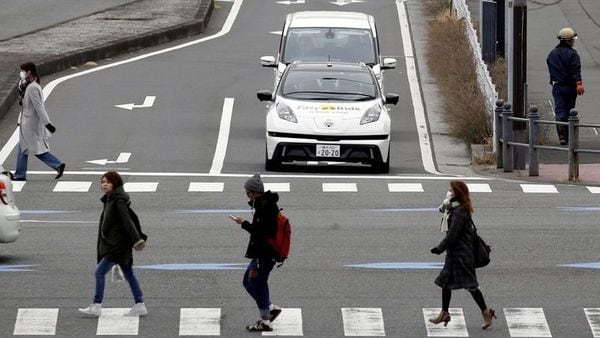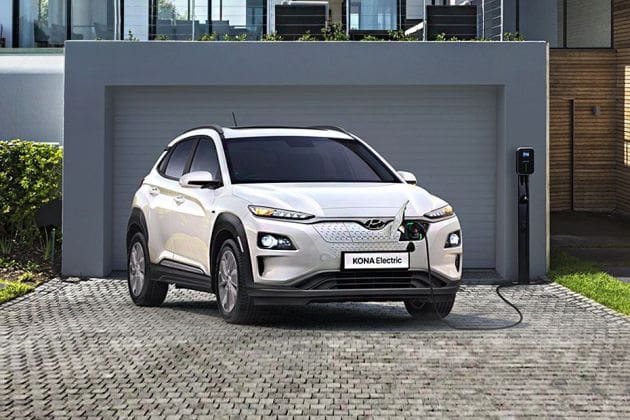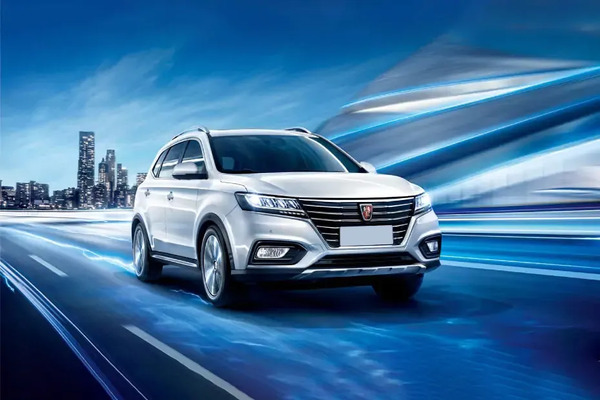Self-driving cars can easily mimic human drivers
- The processing system is specifically a convolutional neural network, which is mirrored on the brain's visual cortex.


With the help of an improved sight-correcting system, self-driving cars could learn just by observing human operators complete the same task, researchers have found.
The team implemented imitation learning, also called learning from demonstration.
In this, a human operator drives a vehicle outfitted with three cameras, observing the environment from the front and each side of the car.
Also check these Cars
The data is then processed through a neural network -- a computer system based on how the brain's neurons interact to process information -- that allows the vehicles to make decisions based on what it learned from watching the human make similar decisions.
"Having a reliable and robust vision is a mandatory requirement in autonomous vehicles, and convolutional neural networks are one of the most successful deep neural networks for image processing applications," explained Saeid Nahavandi, Chair of engineering and director for the Institute for Intelligent Systems Research and Innovation at Deakin University.
The processing system is specifically a convolutional neural network, which is mirrored on the brain's visual cortex.
By reducing the visual information, the network can quickly process changes in the environment: a shift of dots appearing ahead could indicate an obstacle in the road.
This, combined with the knowledge gained from observing the human operator, means that the algorithm knows that a sudden obstacle in the road should trigger the vehicle to fully stop to avoid an accident.
"The expectation of this process is to generate a model solely from the images taken by the cameras. The generated model is then expected to drive the car autonomously," said Nahavandi in a paper published in the journal IEEE/CAA Journal of Automatica Sinica.
He noted a couple of drawbacks, however.
One is that imitation learning speeds up the training process while reducing the amount of training data required to produce a good model.
"The researchers plan to study more intelligent and efficient techniques, including genetic and evolutionary algorithms to obtain the optimum set of parameters to better produce a self-learning, self-driving vehicle," said the study.








 64.8 kWh
64.8 kWh 418 Km
418 Km



 1497 cc
1497 cc Multiple
Multiple











